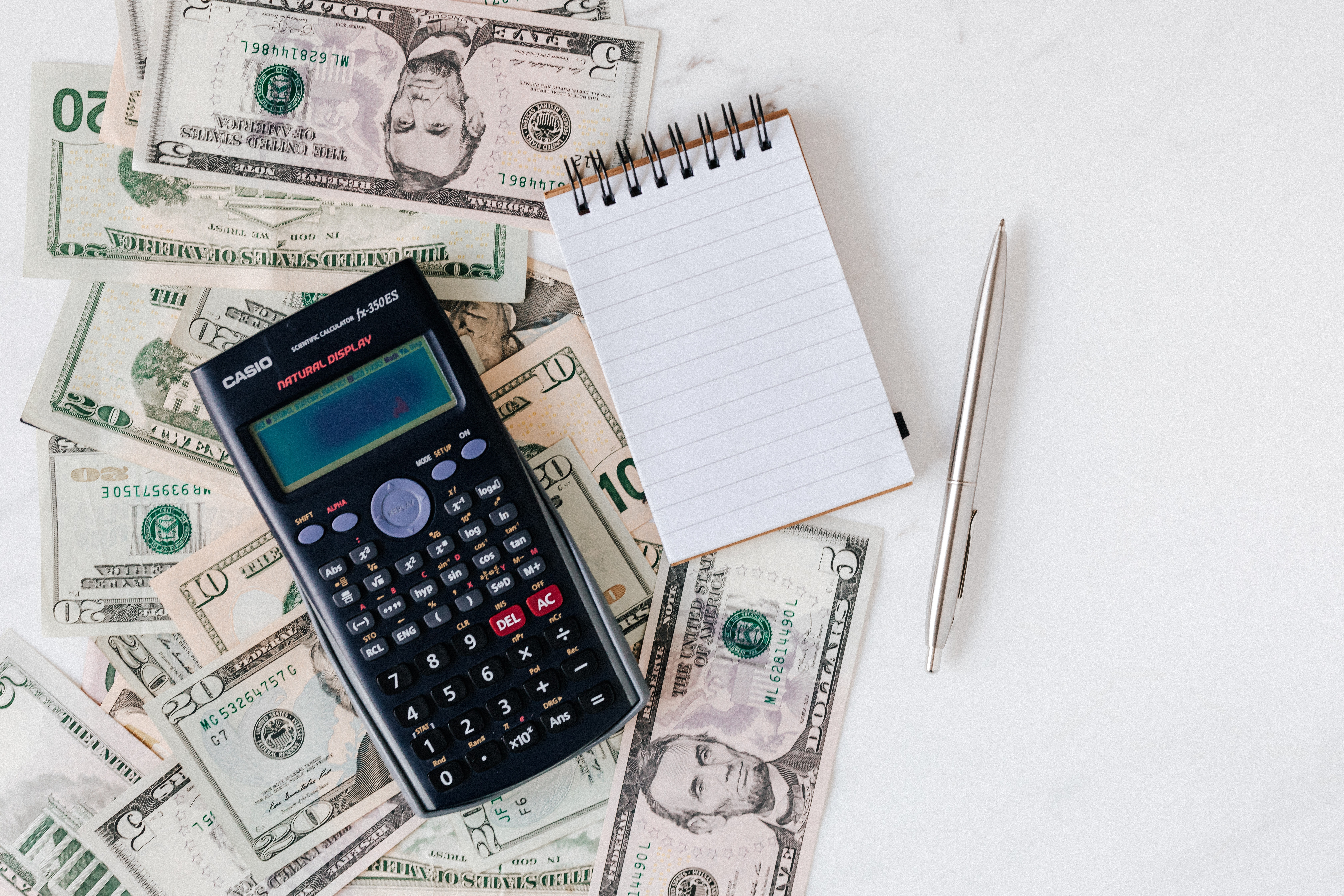Step 2
When you’re wondering how to save money for a house, it can start to feel like you’ll never scrape together enough for a down payment.
Yeah, you already know that Rome wasn’t built in a day. Well, the same holds true for building a down payment. It takes time!
Still, as long as you grease the gears early (like now), you’ll barely notice you’re saving until—boom!—one day in the foreseeable future you’ll be sitting on a pile of money that could pave the way to homeownership. Sound good? Good. Here’s how to get started.
Trim those quiet, unnecessary expenses
OK, let’s shift those preconceived notions. Contrary to popular belief, the answer to how to save money for a house isn’t mostly about grueling sacrifice—e.g., holing up in your apartment under a bare light bulb, eating ramen, and piggybacking off your neighbors’ Wi-Fi.
“It’s about a lifestyle change,” says Travis Sickle, a financial adviser with Sickle Hunter Financial Advisors in Tampa, FL. A more sustainable strategy, he says, is to pinpoint your silent money siphons that you barely notice. Odds are you could try some of the following cost-cutting measures without feeling the pinch:
- Replace your $250 monthly cable service with a $10 Netflix standard streaming account, and you’ll save $2,880 per year.
- Cut that languishing gym membership—at $50 per month, you’d save $600 a year. Go running instead!
- Packing lunch will save you about $60 a month—or $720 a year.
- Bike to work. For a 10-mile commute, biking can save you around $5 a day, according to Kiplinger—or $1,250 a year.
- Start a coin jar. Saving all your loose change can have a big impact—up to $700, according to financial blogger J.D. Roth.
- Turning down your thermostat just 3 degrees could shave almost 10% off your electrical bill, netting you $20 a month on a $200 bill, or $240 a year.
- Curb those dinners and drinks out at restaurants, which can quickly add up. If you typically shell out $40 three times a week, reduce that to one evening a week, and you’ll save $80—or $4,160 per year. (Bonus: It’ll make those times you do indulge more special!)
And if you and your significant other team up and try all of the above, that would amount to $10,550 per person, or $21,100 in one year’s time. Just remember that when you’re thinking of ordering a second glass of artisanal craft beer.
Open a dedicated account
If you don’t have a savings account, now’s the time to open one. A checking account is great for daily expenses, but when it comes to saving money—well, they don’t call them savings accounts for nothing. You’ll earn interest on your balance, plus there’s a lot to be said for the mental benefit of having a specific place to stash your down payment. While interest rates haven’t been very impressive in recent years (though, you’ll be grateful for that when it comes time to get a mortgage), it’s still great to have a dedicated account where you can see how you’re progressing toward your goal.
Financial planner Bob Forrest of Mutual of Omaha points out that CDs and money market accounts offer higher gains than savings. You’ll need a larger minimum balance than for a regular savings account, but your goal is to make it grow, not shrink, right? If you’re using a CD, just make sure you don’t withdraw the money before the time is up or else you’ll face some stiff penalties.
Automate your savings
If you’re struggling to put enough money away because of the constant temptations to blow your paycheck, consider automating the process. Ask your employer if you can have your paycheck deposited into multiple accounts—if so, instruct it to send a certain percentage of your salary directly into your savings account. Or go through your bank, setting up automatic withdrawals from your checking to savings account that will force you to keep spending in check.
Tap into your IRA
Another great place to stash your cash? A traditional or Roth IRA, says Forrest. In addition to being a tax-friendly retirement vehicle, it allows you to withdraw up to $10,000 for a home. While withdrawals from a traditional IRA will be taxed, a Roth IRA you’ve owned for more than five years won’t be taxed at all, as long as you’re a first-time home buyer. Just be careful with this method, though, as you will be denting your retirement funds. But combined with other savings, it can quickly add some heft to your growing nest egg.
Check out down payment assistance programs
Depending on the city and state you live in, you may be eligible for down payment assistance programs, which provide money to help people buy a home. Most offer up to $15,000, typically in the form of a grant or low-interest loan. Most require your income to be below the area median. But even if you make more, do your research—there are programs that provide funds for higher-income households.
If saving up for a down payment is a challenge, it may surprise you to know that you don’t always need to save 20% for a down payment. With certain kinds of loans, you can get away with a down payment as low as 3.5% (for FHA loans) or even 0% (USDA loans). Here’s more on how to buy a home without 20% down.
Once your down payment is on a roll, it’s time to start looking for a home—and to do that, you’ll need to determine exactly how much house you can afford.
Information sourced from realtor.com



